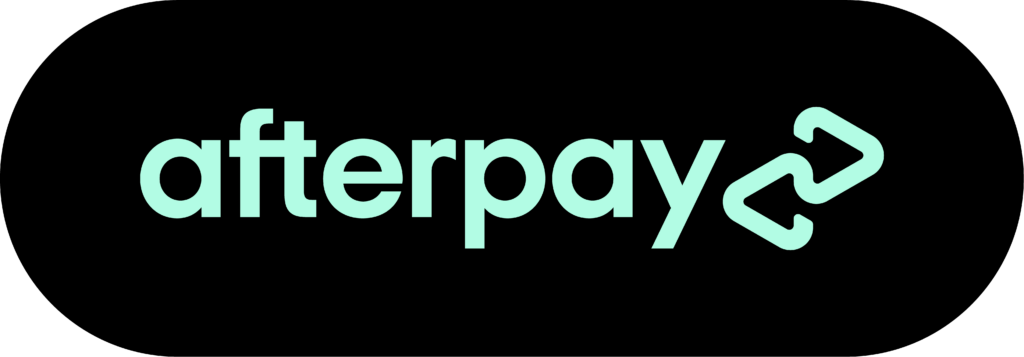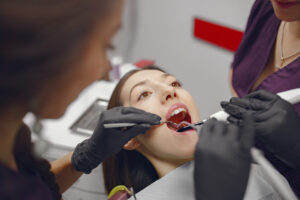A healthy, straight smile is something many people aspire to—but achieving it involves choosing the right orthodontic solution. While braces are often associated with the process of aligning teeth, retainers also play a critical role in both post-treatment maintenance and minor corrections. So, what’s the real difference between braces and retainers? Let’s break it down.
What Are Braces?
Braces are orthodontic devices used to straighten teeth, correct bite issues, and improve jaw alignment. They consist of brackets, wires, and sometimes elastics that work together to gradually move your teeth into their ideal position. Braces are typically worn for 12–24 months, depending on the severity of the case.
There are different types of braces, including:
- Metal braces – Traditional and highly effective for complex cases
- Ceramic braces – Less noticeable than metal braces
- Lingual braces – Hidden behind the teeth
- Clear aligners (e.g., Invisalign) – Removable and discreet
Braces are most commonly used for:
- Crowded or crooked teeth
- Overbites or underbites
- Gaps between teeth
- Jaw misalignment
What Are Retainers?
Retainers are custom-made dental appliances designed to maintain the position of teeth after orthodontic treatment. They may also be used to correct very mild misalignments, particularly when braces are not necessary.
Types of retainers include:
- Removable retainers (e.g., Hawley or clear plastic like Essix)
- Fixed retainers (a thin wire bonded behind the front teeth)
Key purposes of retainers:
- Prevent relapse after braces
- Maintain tooth alignment
- Minor tooth adjustments
- Support growth in younger patients
Retainers vs Braces: Key Differences
| Feature | Braces | Retainers |
| Primary Function | Move and align teeth | Hold teeth in place post-treatment |
| Custom Fit | Yes | Yes |
| Worn For | 12–24 months (average) | Ongoing or as prescribed |
| Visibility | Can be visible or clear | Usually discreet |
| Removability | Mostly fixed | Can be removable or fixed |
| Cost | Higher, due to active correction | Lower, maintenance tool |
Do Retainers Straighten Teeth?
In limited cases, yes. If your teeth have shifted slightly, a dentist might recommend a retainer to correct minor misalignment. However, for more significant movement, braces or aligners are necessary.
Braces: Pros and Cons
Pros
- Comprehensive treatment
- Suitable for complex issues
- Long-term benefits
Cons
- Requires commitment and care
- Can be uncomfortable initially
- More visible (unless using clear aligners)
Retainers: Pros and Cons
Pros
- Easy to use
- Maintain results after treatment
- Often less expensive
Cons
- Not suitable for large corrections
- Must be worn as directed
- Risk of loss (with removable types)
When to Choose Braces
Choose braces if:
- You have moderate to severe misalignment
- You need to fix bite or jaw issues
- You want a long-term, structured solution
When to Choose Retainers
Choose retainers if:
- You’ve completed braces treatment
- You need to maintain current alignment
- You have minor shifts or movement
FAQs About Retainers and Braces
Can I wear a retainer instead of braces?
Only if your teeth need very minor adjustments. Your dentist will assess whether a retainer is sufficient.
Do retainers hurt like braces?
Not usually. You may feel slight pressure initially, but it’s typically more comfortable than braces.
How long should I wear my retainer?
Every case is different. Some people need to wear them every night for life, while others may reduce usage over time.
What if I lose my retainer?
Contact your dentist immediately. Teeth can start shifting back quickly without it.
Final Thoughts: Talk to Your Dentist
Deciding between retainers and braces depends on your current dental condition and your goals. While braces are ideal for active correction, retainers are essential for maintaining those results. In some cases, a combination of both may be necessary over your dental journey.
For personalised advice, contact your dentist or orthodontist. If you’re in need of urgent care due to broken braces or lost retainers, don’t hesitate to reach out to an emergency dentist near you for immediate assistance.





